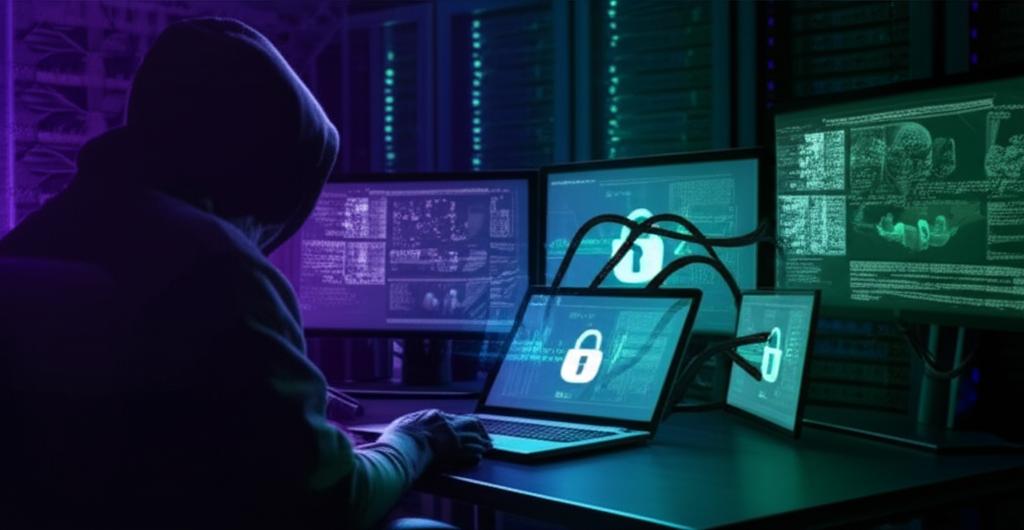Beware the Insidious Threat: Understanding the Remote Access Trojan (RAT)
Understanding the Remote Access Trojan (RAT)
In the complex landscape of cybersecurity, a specific type of malware known as a Remote Access Trojan (RAT) stands out due to its stealth and extensive capabilities. A RAT is a malicious software program that grants an unauthorized user remote control over a victim’s computer. Unlike legitimate remote access tools, a RAT operates covertly, often without the user’s knowledge or consent, making it an incredibly dangerous and insidious cyber threat.
How Do Remote Access Trojans Work?
The operational mechanism of a Remote Access Trojan typically involves social engineering and sophisticated delivery methods. Here’s a breakdown:
- Infection Vector: RATs are commonly delivered through phishing emails, malicious downloads, drive-by downloads, or bundled with seemingly legitimate software. An attacker might trick a user into opening an infected attachment or clicking a malicious link.
- Installation: Once executed, the RAT discreetly installs itself on the target system. It often modifies system settings to ensure persistence, meaning it will launch every time the computer starts.
- Establishing Connection: The RAT then establishes a backdoor connection to a command-and-control (C2) server controlled by the attacker. This connection allows the attacker to send commands to the infected machine and receive data back.
- Remote Control: With the connection established, the attacker gains the ability to remotely execute commands, access files, monitor activities, and manipulate the system as if they were physically present.
Common Capabilities of a RAT
The power of a Remote Access Trojan lies in its vast array of functionalities, which can include:
- Keystroke Logging: Recording every key pressed on the keyboard, allowing attackers to steal passwords, credit card numbers, and other sensitive information.
- Webcam and Microphone Access: Covertly activating the computer’s webcam and microphone to spy on the victim’s surroundings.
- File System Manipulation: Uploading, downloading, deleting, or modifying files on the victim’s computer.
- Screen Capture and Recording: Taking screenshots or recording the victim’s desktop activity.
- Credential Theft: Extracting saved passwords from browsers and other applications.
- Remote Execution: Launching applications, running scripts, or installing additional malware (like ransomware) on the compromised system.
- Network Reconnaissance: Mapping out the victim’s network to identify other vulnerable devices.
The Devastating Impact of a RAT Attack
The consequences of a Remote Access Trojan infection can be severe and far-reaching, affecting individuals and organizations alike:
- Data Breach and Theft: Sensitive personal and corporate data, including financial details, intellectual property, and confidential documents, can be stolen.
- Financial Fraud: Attackers can use stolen credentials to access bank accounts, make unauthorized purchases, or commit identity theft.
- Espionage: Corporate or state-sponsored actors might use RATs for long-term surveillance and intelligence gathering.
- Reputational Damage: For businesses, a RAT attack can lead to significant reputational harm, loss of customer trust, and regulatory fines.
- Further Infections: RATs can be used as a gateway to deploy other forms of malware, escalating the security incident.
How to Protect Yourself from RATs
Mitigating the risk of a Remote Access Trojan infection requires a multi-layered security approach:
- Use Robust Antivirus/Anti-Malware Software: Keep it updated and perform regular scans.
- Employ a Firewall: A firewall monitors and controls incoming and outgoing network traffic, blocking unauthorized connections.
- Keep Software Updated: Regularly patch operating systems, browsers, and applications to fix known vulnerabilities that RATs might exploit.
- Be Wary of Suspicious Emails and Links: Exercise extreme caution with attachments and links from unknown or unexpected senders.
- Use Strong, Unique Passwords and Multi-Factor Authentication (MFA): This adds an extra layer of security, even if credentials are stolen.
- Regular Data Backups: Maintain offline backups of critical data to ensure recovery in case of data loss or encryption by ransomware.
- Disable Unused Remote Access Features: Turn off features like Remote Desktop Protocol (RDP) if not actively needed.
Conclusion
The Remote Access Trojan (RAT) represents a significant and persistent threat in the cybersecurity landscape. Its ability to grant attackers comprehensive remote control makes it a favorite tool for cybercriminals and state-sponsored actors alike. By understanding how RATs operate and implementing robust preventative measures, individuals and organizations can significantly reduce their vulnerability and protect against this insidious form of cyber warfare.







